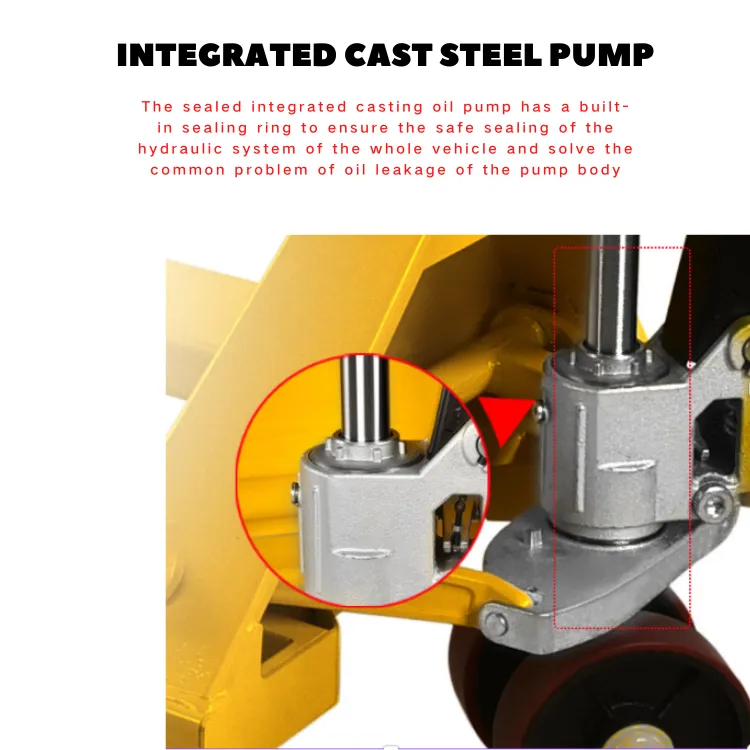low profile gantry crane
Low Profile Gantry Crane Revolutionizing Material Handling
In the world of industrial equipment, efficiency and versatility are paramount. Among the various types of cranes used in factories, warehouses, and construction sites, the low profile gantry crane has emerged as a game-changer for material handling solutions. Designed to operate effectively in tight spaces, this specialized crane is equipped with a unique structure that allows it to transport heavy loads with ease, making it an invaluable asset in various industries.
Understanding Low Profile Gantry Cranes
A low profile gantry crane is characterized by its lower height compared to traditional gantry cranes. This design makes it ideal for facilities with limited overhead clearance, allowing it to maneuver under low structures without compromising the operational efficiency. Typically constructed from robust materials such as aluminum or steel, these cranes feature stable legs that support a horizontal beam from which lifting mechanisms, such as hoists or winches, are suspended.
One of the defining characteristics of a low profile gantry crane is its ability to be easily adjusted or customized. Many models allow users to modify the height and span, catering to specific lifting requirements and workspace constraints. This adaptability minimizes the need for additional equipment, reducing costs while enhancing productivity.
Benefits of Low Profile Gantry Cranes
1. Space Efficiency The compact design of low profile gantry cranes allows them to fit into tighter spaces compared to standard cranes. They can be used in narrow aisles or in manufacturing facilities where floor space is at a premium.
low profile gantry crane

2. Ease of Mobility Many low profile gantry cranes are equipped with wheels or casters, enabling easy movement from one location to another. This mobility simplifies the process of moving heavy loads across different sections of a workspace.
3. Enhanced Safety Safety is a critical concern in any industrial setting. The low profile design reduces the risk of collisions with overhead structures. Additionally, many models come with safety features such as emergency stops, overload protection, and secure locking mechanisms to ensure safe operation.
4. Cost-Effective Solution Compared to larger, more complex crane systems, low profile gantry cranes are more affordable both in initial purchase and maintenance. This cost-effectiveness makes them accessible for small to mid-sized businesses looking for reliable lifting solutions without breaking the bank.
5. Versatility in Application These cranes are suitable for various applications, including assembly lines, workshops, and maintenance bays. Their ability to easily lift and transport materials makes them essential for tasks such as loading, unloading, and positioning of heavy items.
Conclusion
In summary, low profile gantry cranes represent a significant advancement in the field of material handling equipment. Their compact design, mobility, and cost-effectiveness make them an exceptional choice for industries facing spatial constraints. Moreover, their adaptability ensures they can meet a diverse range of operational demands, enhancing overall productivity and safety in the workplace.
As businesses continue to seek innovative solutions to streamline their operations, low profile gantry cranes are poised to play a crucial role in the future of industrial material handling. With their blend of functionality and efficiency, these cranes not only support the current needs of industries but also pave the way for more agile and responsive manufacturing practices. Investing in a low profile gantry crane is more than just acquiring a tool; it's about embracing a smarter way to handle materials and drive business success.
-
Unlock Seamless Relocation with Our Heavy Equipment Moving ExpertiseNewsJun.06,2025
-
Unleash Unrivaled Flexibility with Our Adjustable Gantry CraneNewsJun.06,2025
-
Unleash Heavy-Duty Efficiency with Our Industrial Gantry Crane SolutionsNewsJun.06,2025
-
Revolutionize Steel Handling with Our Magnetic Lifter RangeNewsJun.06,2025
-
Master Equipment Mobility with Premium Machinery Mover SolutionsNewsJun.06,2025
-
Elevate Your Material Handling with Magnetic Lifter TechnologyNewsJun.06,2025
-
YS Permanent Lifting Magnets: The Smarter Way to Handle SteelNewsMay.22,2025
